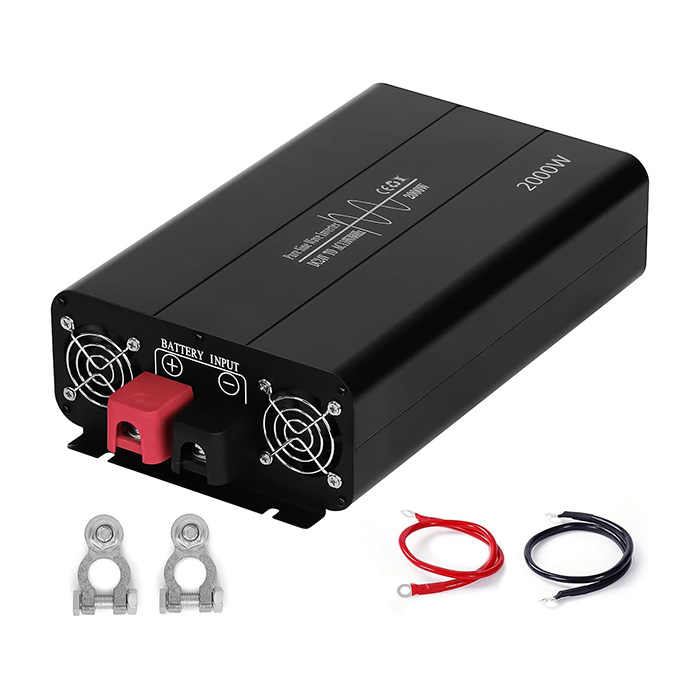How Inverter works
2023-11-02
Inverter is an electronic device used to convert direct current (DC, Direct Current) into alternating current (AC, Alternating Current). Inverters work by converting DC power into AC power and are commonly used in solar power systems, battery inverters, electric vehicles, UPS (Uninterruptible Power Supply Systems), and other applications that require AC power. Here's how an inverter works:
DC input: The operation of the inverter begins with the input of DC power. This typically comes from solar cells, battery packs, car batteries, or other DC sources.
Modulation Control: Inverters use electronic components such as transistors and capacitors to control the flow of electrical current. A common method is to use pulse width modulation (PWM, Pulse Width Modulation) technology. The inverter simulates AC waveforms by controlling the pulse width.
Inverter: Under the action of modulation control, the Inverter converts DC power into AC power. Typically, this involves breaking the DC power supply into a series of pulses, with the width and spacing of each pulse being adjusted to simulate the desired AC waveform.
Output AC power: The AC power waveform output by the inverter can be sine wave, square wave, sawtooth wave or other forms, depending on the application requirements. Typically, the goal is to generate an output that is close to an ideal sine wave to accommodate most household appliances and devices.
Control and stability: Inverters often include feedback control systems to monitor output voltage and frequency to ensure they are stable within the desired range. This helps the inverter adapt to load changes and grid conditions.
In short, the working principle of the Inverter is to convert DC power into usable AC power and generate the required AC waveform through control and modulation technology. This makes inverters a key component in many different applications, from solar power systems to electric vehicle charging equipment and uninterrupted power supply systems.





